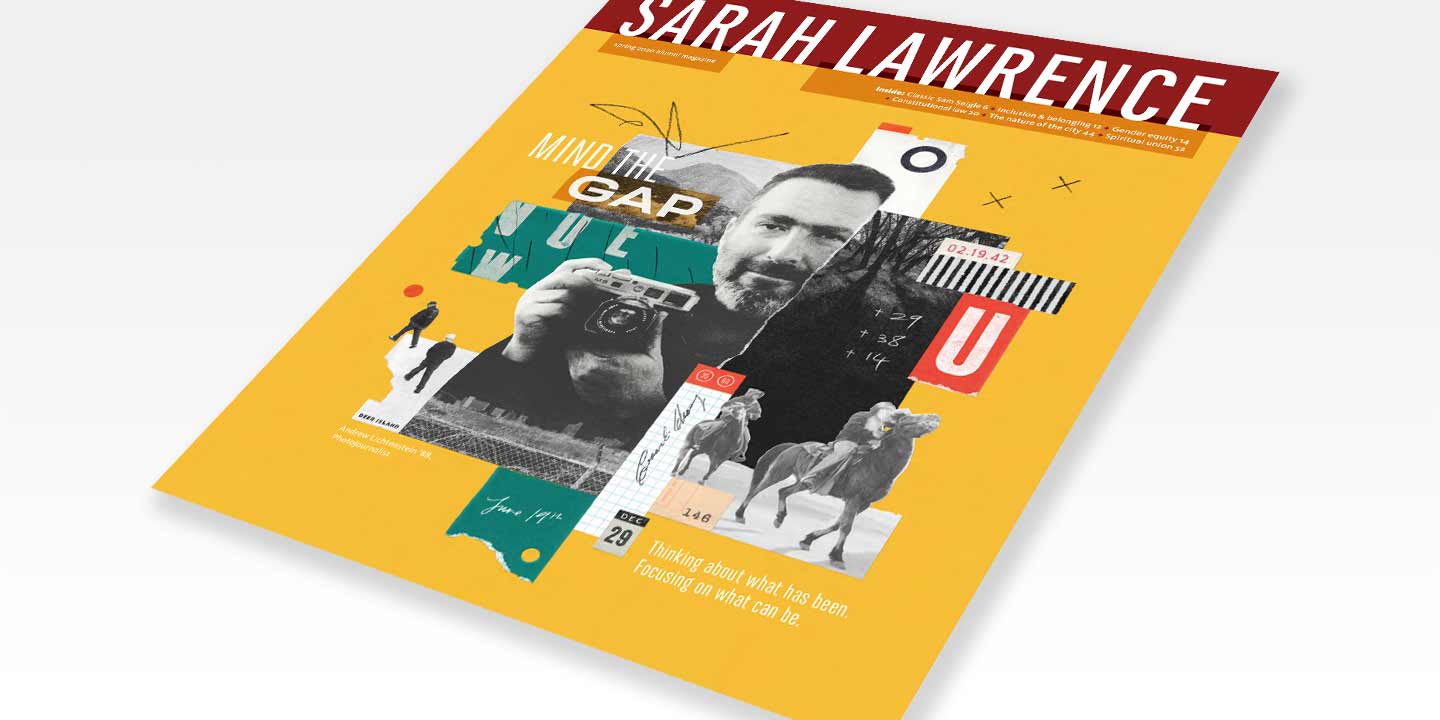Sarah Lawrence magazine seeks to connect alumni and other members of the Sarah Lawrence community to the College and to one another. Peruse the most recent issues of the magazine above and below!


Sarah Lawrence magazine seeks to connect alumni and other members of the Sarah Lawrence community to the College and to one another. Peruse the most recent issues of the magazine above and below!